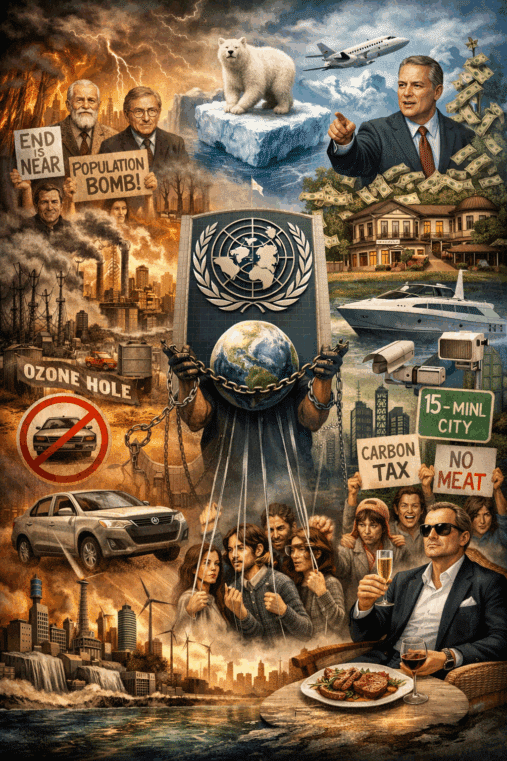
BRICS vs. the Dollar: Is Ending U.S. Dollar Dominance More Myth Than Reality?
The BRICS nations—Brazil, Russia, India, China, and South Africa—have long voiced their frustrations with the U.S. dollar’s grip on global finance. Fed up with sanctions and eager to protect their own economies, these countries are promoting the idea of a financial world that doesn’t rely on the dollar. But is a “post-dollar world” more than just a dream? Or is it just another political pitch that sounds good on paper but doesn’t hold up under scrutiny?
What’s Driving BRICS’ Anti-Dollar Movement?
When it comes down to it, the push from BRICS to ditch the dollar isn’t a surprise. The U.S. has wielded its financial power over the years by using the dollar as a tool of influence and sanctions. For emerging economies like Russia and China, which have found themselves on the receiving end of these sanctions, breaking free from the dollar is about more than just money—it’s about sovereignty.
By trading in their own currencies, BRICS countries believe they can avoid the ripple effects of U.S. policy decisions. They aim to secure their economies, stabilize their currencies, and foster regional alliances to strengthen their influence.
Can Local Currencies Really Replace the Dollar?
In theory, trading in local currencies sounds like a win-win for BRICS countries. Each country could strengthen its own currency, and they wouldn’t need to worry about the dollar's impact on their markets. But in reality, there are some big roadblocks:
- Internal Conflicts and Mistrust
While BRICS countries may seem unified on the surface, the reality is that internal rivalries run deep. Take India and China, for example. These two have ongoing border disputes and a rocky history, so they’re unlikely to use each other’s currencies in trade. India doesn’t want to rely on the yuan, and China has similar reservations about the rupee. This lack of trust hampers any serious effort to create a unified currency system within BRICS. - Limited Currency Acceptability
Even within BRICS, the so-called “de-dollarization” doesn’t mean universal acceptance of each other’s currencies. Russia, for instance, has started accepting the Chinese yuan and its own ruble but shows little interest in the Indian rupee or South African rand. This pick-and-choose attitude highlights a major flaw in BRICS’ plan: without mutual trust and acceptance, a consistent alternative to the dollar simply can’t take shape. - The Economic Pull of the Dollar
The U.S. dollar has a global network effect—it’s the most widely accepted currency in the world, used in over 80% of international trade. Replacing it would require an equally reliable, liquid, and widely-accepted currency, something no BRICS member currently offers. The dollar’s deep liquidity and established trust make it tough to replace, even for major players like China. Businesses and banks around the world still see the dollar as a stable store of value, and it’s tough to uproot that level of confidence.
The Reality of BRICS’ De-Dollarization Agenda
To be blunt, the vision of a world without the U.S. dollar sounds more like a slogan than a realistic plan. Politicians might talk big about de-dollarization, but when it comes time to actually implement these ideas, reality kicks in. India’s reluctance to use the yuan or ruble for cross-border deals, along with Russia’s selective currency preferences, reveal cracks in the BRICS alliance’s so-called unity.
This isn’t the first time we’ve seen world leaders push grand ideas about alternative currencies. In the end, these promises often amount to little more than rhetoric designed to win public support, but they rarely survive the tough realities of international finance. BRICS might talk about de-dollarization at their summits, but back home, they’re still playing by the old rules, doing what’s politically safe and financially reliable.
Why the Dollar Will Likely Stay on Top
The bottom line is that the dollar’s dominance didn’t happen by accident. It’s backed by the world’s largest economy, a massive military, and a financial system that most of the world depends on. For all its flaws, the dollar is deeply entrenched in global trade, and even countries eager to break free from its influence can’t escape its appeal.
While BRICS’ frustration is understandable, their quest for a “post-dollar” world remains more myth than reality. Until there’s a real alternative that’s trusted, liquid, and widely accepted, the dollar’s position at the top of the global financial ladder isn’t going anywhere.
Final Thoughts: Don’t Get Caught in the De-Dollarization Hype
If you’re worried about the future of the dollar, remember that while alternatives may emerge, the road to a truly de-dollarized world is a long one. Meanwhile, consider diversifying your wealth into tangible assets like gold and silver, which have proven resilient across centuries. Precious metals are a hedge against inflation and currency risks, no matter who holds the financial reins.
Call to Action:
Protect yourself against the unpredictable future of currency markets. Download Bill Brocius’ free eBook, “Seven Steps To Protect Yourself from Bank Failure”, and stay informed with Dedollarize News by subscribing today. Click here to secure your financial future.











